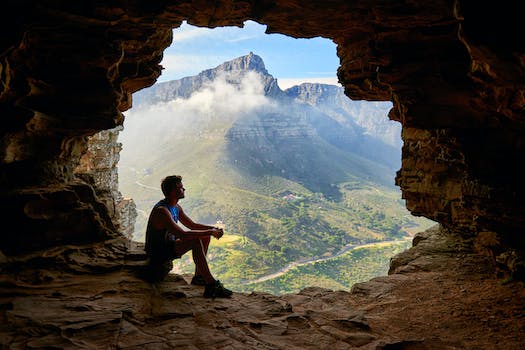In recent years, there has been a remarkable surge in the popularity of biking, with cycling becoming a preferred mode of transportation and a beloved hobby for many individuals. Gone are the days when bicycles were solely associated with childhood adventures or professional athletes. The rise of cycling has taken the world by storm, transforming the way people travel, commute, exercise, and connect with their environment.
One of the key factors contributing to the growth of cycling is a growing concern for climate change and the environment. As people become more environmentally conscious, they are seeking sustainable alternatives to traditional means of transportation. Biking offers a green solution, as it doesn’t emit any greenhouse gases and is an eco-friendly mode of travel. The rise of cycling serves as a testament to the desire for a cleaner and healthier planet.
Additionally, cycling has gained popularity due to its numerous health benefits. With sedentary lifestyles becoming increasingly prevalent, people are looking for ways to incorporate physical activity into their daily routines. Cycling provides an excellent cardiovascular workout, strengthening the heart and lungs while also promoting weight loss and muscle tone. Moreover, cycling is a low-impact exercise, making it an appealing option for individuals of all ages and fitness levels.
Furthermore, biking has become a preferred method of commuting for many urban dwellers. As cities across the globe grapple with traffic congestion and limited parking options, cycling presents a convenient and efficient alternative. Substantial investments in cycling infrastructure, such as bike lanes, bike-sharing programs, and bicycle-friendly cities, have made biking a more accessible and attractive choice for daily commuting. Moreover, the advent of electric bikes has revolutionized urban transportation, enabling cyclists to cover longer distances without exerting excessive effort.
Another reason behind the surge in cycling is the sense of community and camaraderie it fosters. Cycling clubs and events have gained significant popularity, bringing enthusiasts together. These groups provide a platform for riders to share experiences, tips, and support, creating a strong sense of belonging. The rise of cycling communities has also led to the growth of organized events like charity rides, gran fondos, and bike tours, which contribute to a collective passion for cycling.
Technology has also played a pivotal role in the rise of cycling. Cycling apps and gadgets have made it easier than ever to track and analyze rides, fostering a sense of achievement and encouraging riders to set and accomplish personal goals. Furthermore, the boom in e-commerce has made it simpler to access a wide range of cycling gear and equipment, from high-performance bikes to specialized clothing, catering to the needs and preferences of every cyclist.
Despite the remarkable surge in popularity, challenges remain. Safety concerns, especially in traffic-heavy areas, continue to be a significant barrier for potential cyclists. Governments and policymakers must prioritize the development of safe cycling infrastructure and prioritizing cyclists’ safety on the roads. Additionally, promoting educational campaigns and initiatives can raise awareness about road sharing etiquette, ensuring the harmonious coexistence of cyclists and motorists.
In conclusion, the rise of cycling is a multi-faceted phenomenon that can be attributed to various factors such as environmental consciousness, health benefits, improved infrastructure, community building, and technological advancements. As the world continues to evolve, cycling is emerging as a sustainable, healthy, and enjoyable lifestyle choice. The surge in popularity signals a shift towards a more interconnected and environmentally conscious society, where individuals are choosing a mode of transportation and exercise that positively impacts their personal well-being, the planet, and the communities they live in.
![]()







